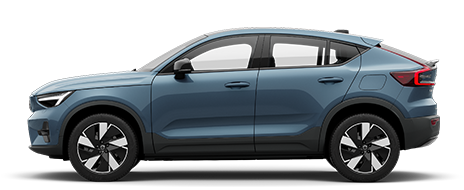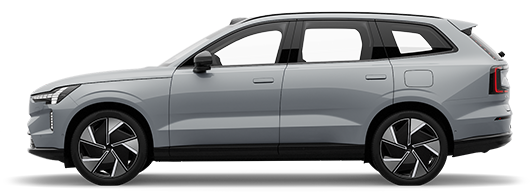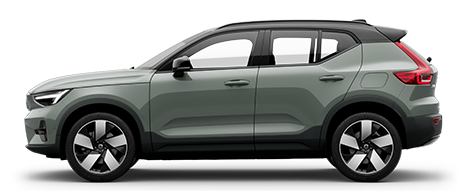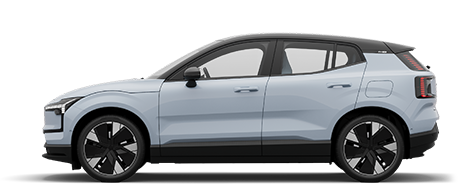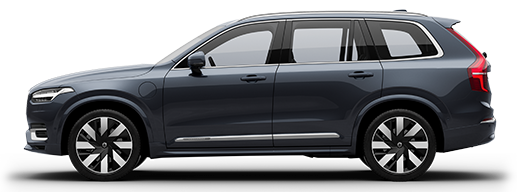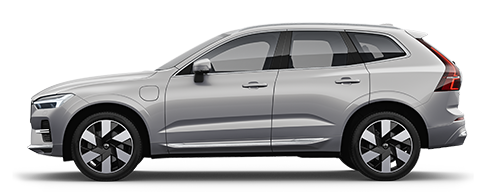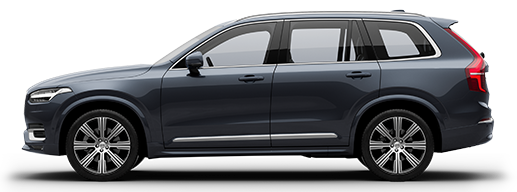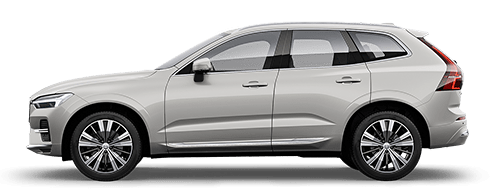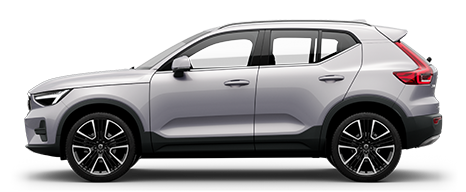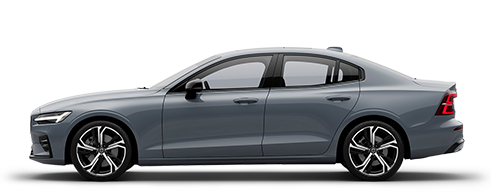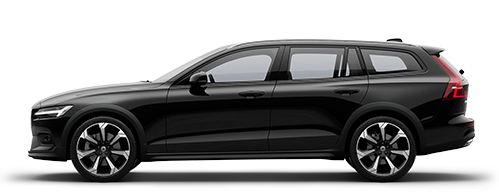Economical driving
Driving economically means driving smoothly while thinking ahead and adjusting your driving style and speed to the prevailing conditions.
- Use the ECO Guide which indicates how fuel-efficiently the car is being driven, see Eco guide & Hybrid guide.
- Drive in the highest gear possible, adapted to the current traffic situation and road - lower engine speeds result in lower fuel consumption. Use the gear indicator.
- Avoid sudden unnecessary acceleration and heavy braking.
- High speed results in increased fuel consumption - the wind resistance increases with speed.
- Do not run the engine to operating temperature at idling speed, but rather drive with a light load as soon as possible - a cold engine consumes more fuel than a warm one.
- Drive with the correct air pressure in the tyres and check this regularly - select ECO tyre pressure for best results, see Tyres - approved tyre pressures.
- Choice of tyres can affect fuel consumption - seek advice on suitable tyres from a dealer.
- Remove unnecessary items from the car - the greater the load the higher the consumption.
- Use engine braking to slow down, when it can take place without risk to other road users.
- A roof load and ski box increase air resistance, leading to higher consumption - remove the load carriers when not in use.
- Avoid driving with open windows.
For more information about Volvo Car Corporation's environmental philosophy, see Environmental philosophy.
For more information about fuel consumption, see Fuel consumption and CO2 emissions.
Warning
Never switch off the engine while moving, such as downhill, this deactivates important systems such as the power steering and brake servo.
